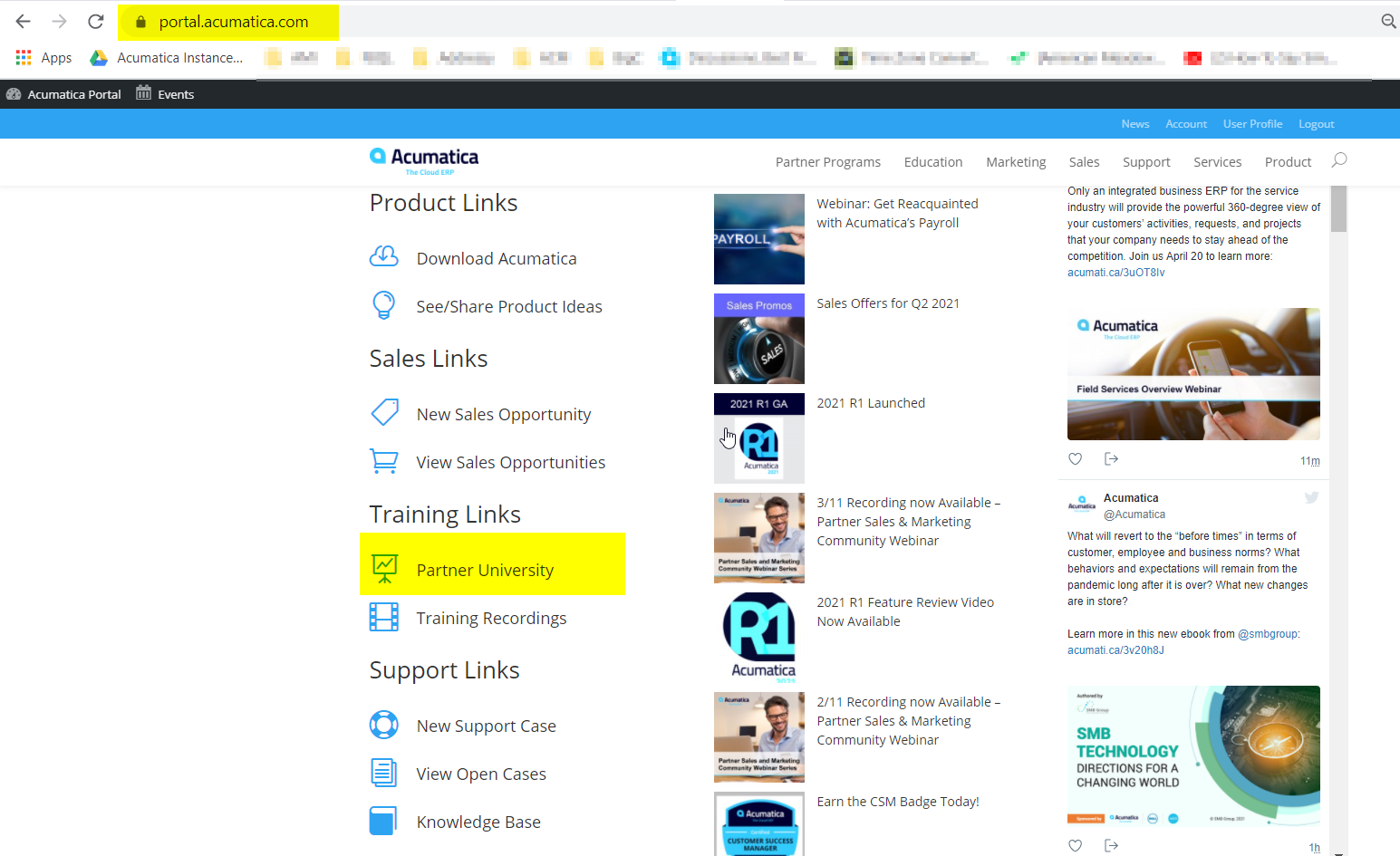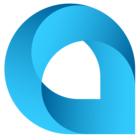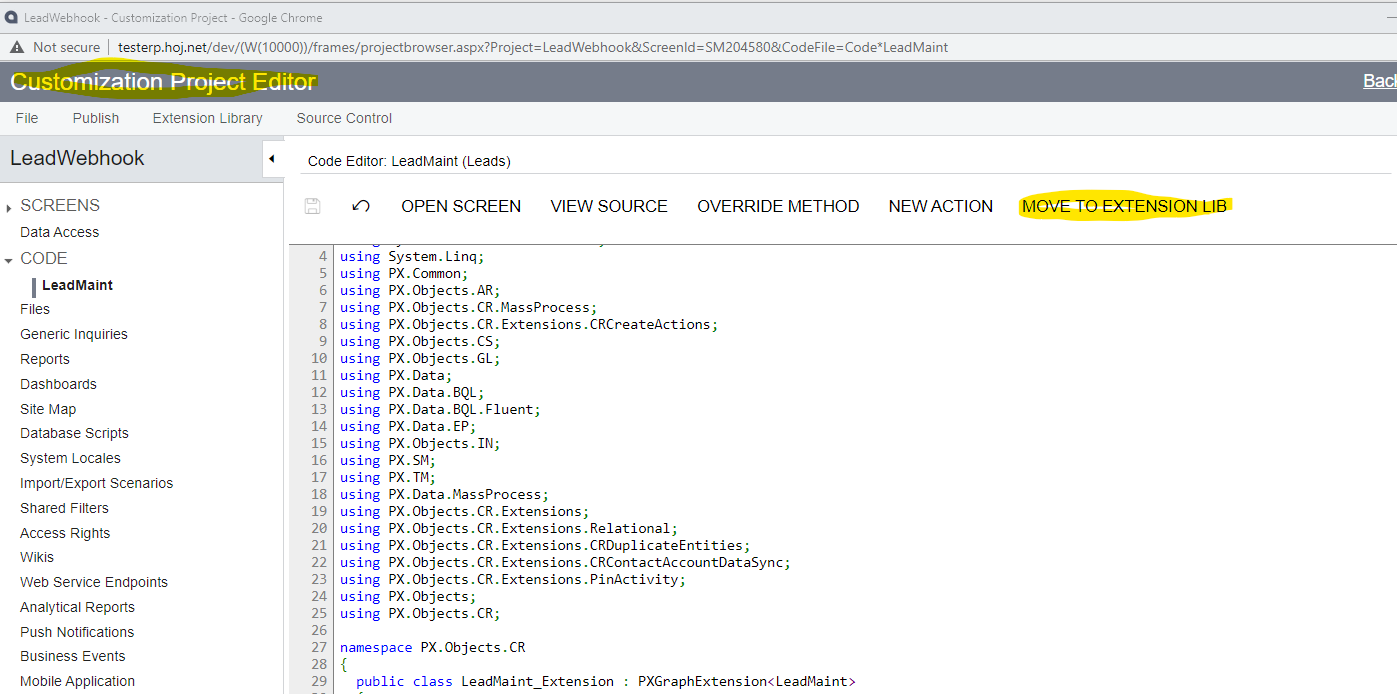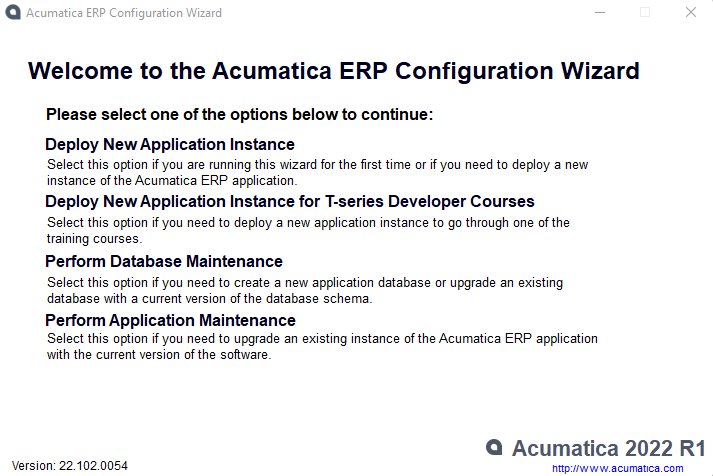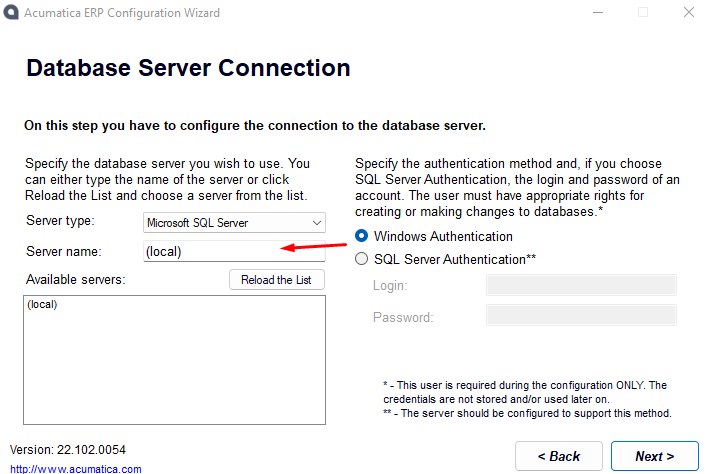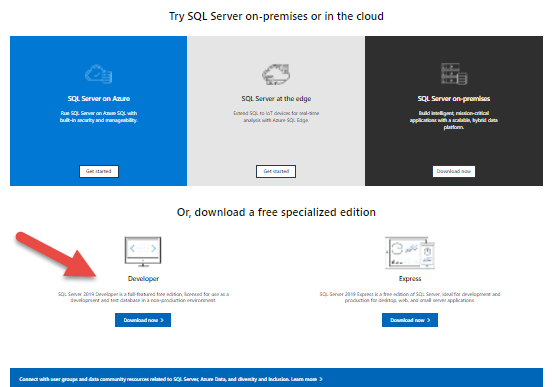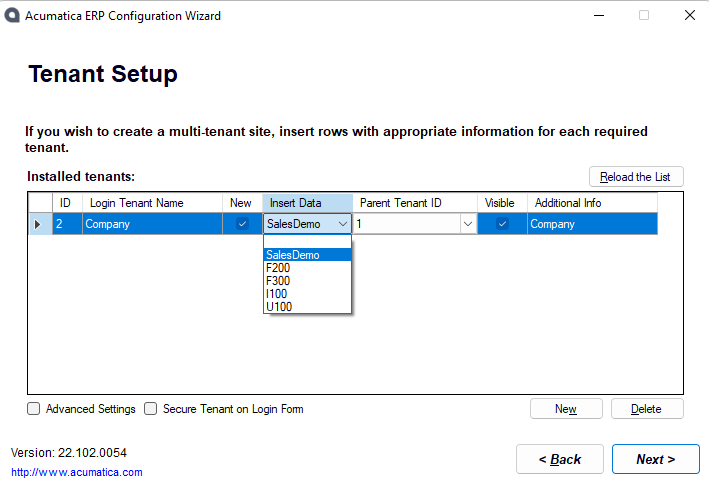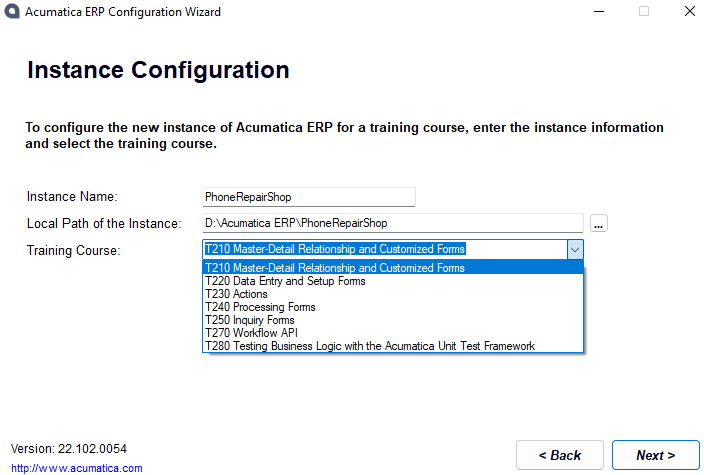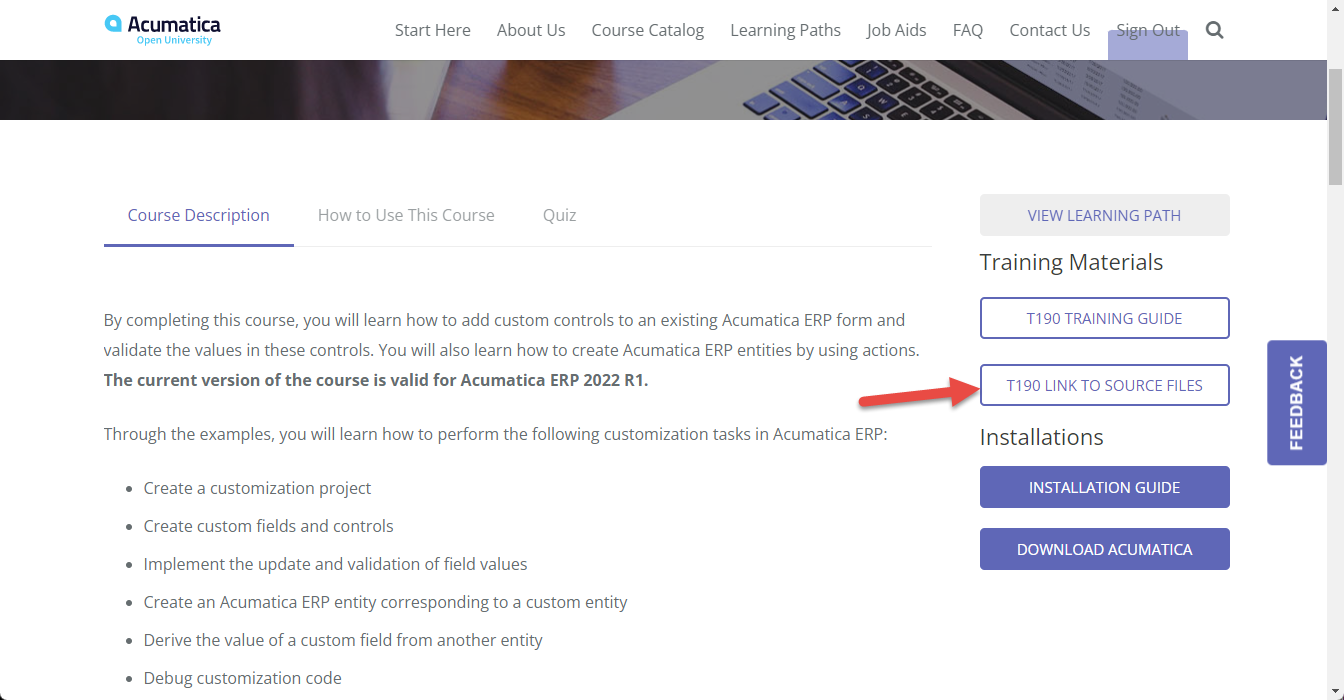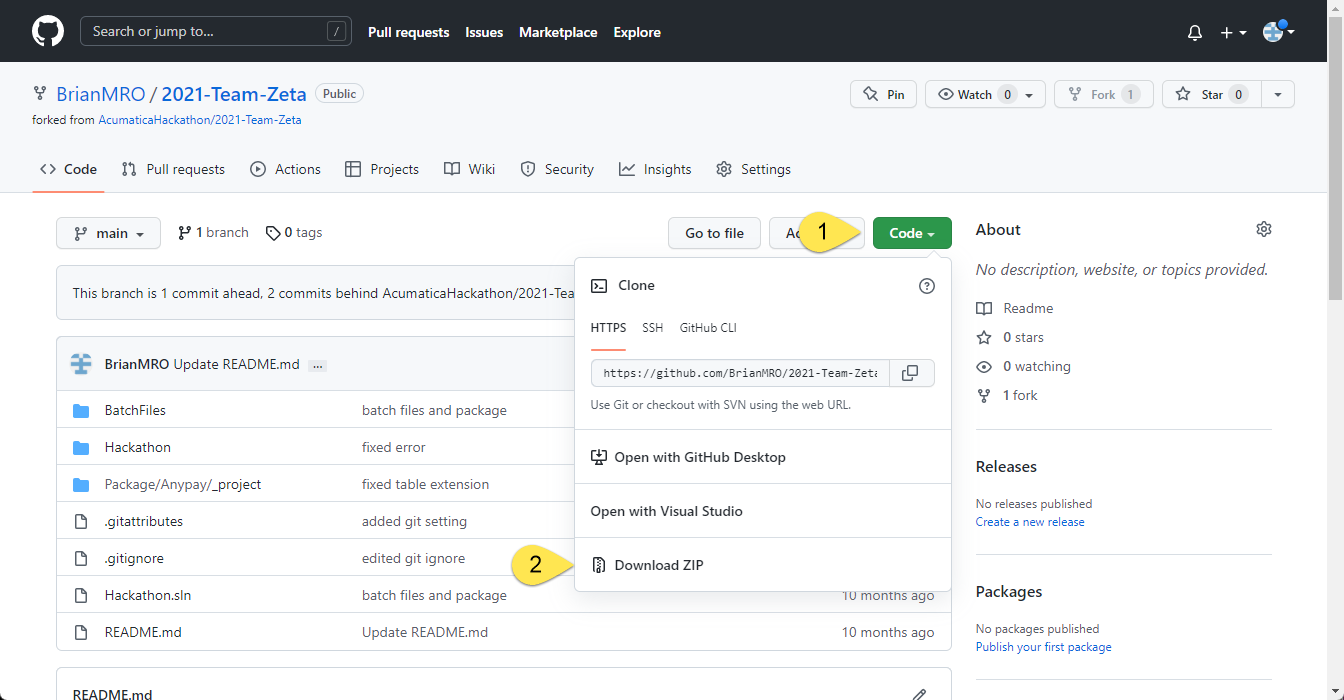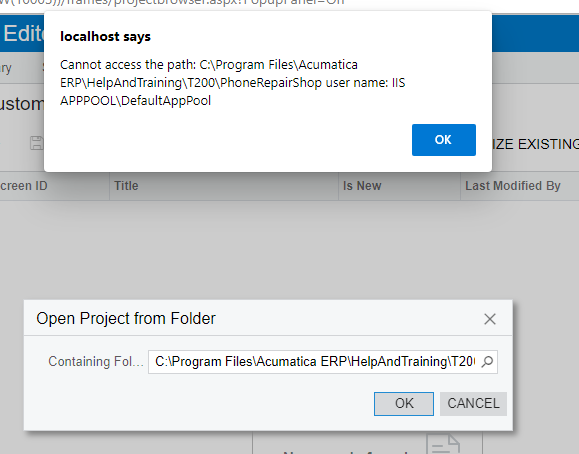I am new to Acumatica and our company is a customer. I’m an experienced developer but I’m having trouble getting started with Acumatica customizations. It doesn’t seem that our var has much experience with customizations so they have not been able to help me get my system setup correctly. From what I’ve researched it seems that I must have a local instance of Acumatica installed on my local machine and that the database used in customizations has to be created using the Acumatica Framework Configuration Wizard. We had previously setup a database and web site for development through Azure but I’m not seeing a way to use those now. If someone can help me understand exactly what I need to do to get started with customizations it would be a great help.
This is what I think I need to do:
- Install Acumatica ERP on my local machine
- Deploy Acumatica Framework Tools
- Deploy New Instance of Acumatica Application Template or should I use the Deploy New Application Instance for Training Course?
Any guidance would help a lot.





